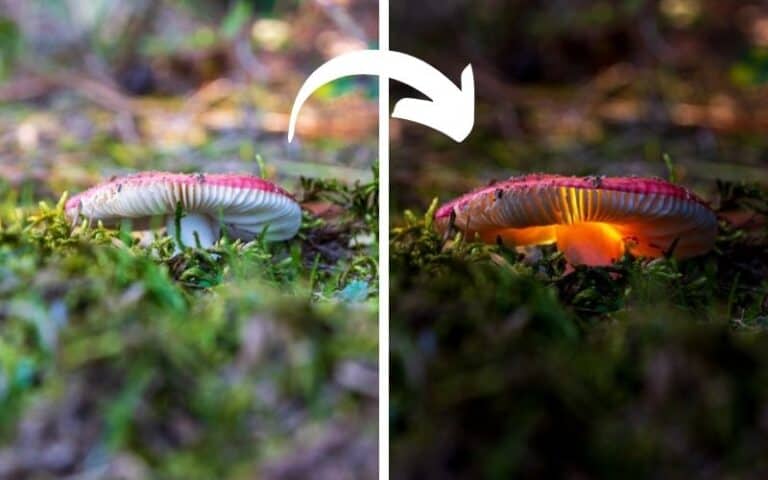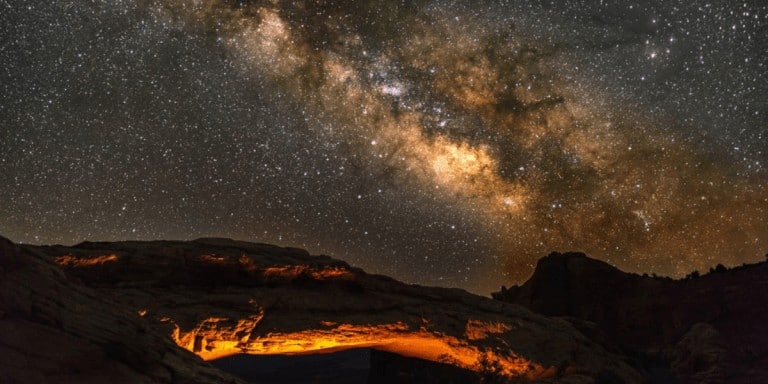Subject Photography Ideas and Tips
What is Subject in a photograph and how can compositional guidelines aid in clearly establishing subject matter within an image?
Take a look at the subject photography ideas below to aid in capturing the object or idea the image is about.
Below we share tips for taking pictures that showcase the subject. Use them in addition to basic photography techniques to compose your image.
Use the subject photo ideas below to inspire you to get out and capture your own pictures
.
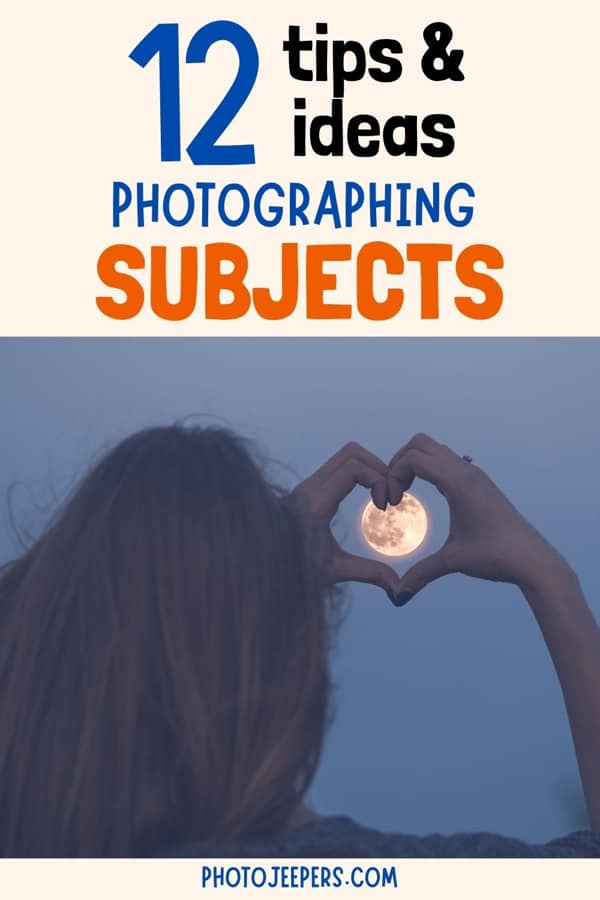
This site contains affiliate links which means WE may receive commissions for purchases made through these links. We only provide links to products we actually use and/or wholeheartedly recommend! As an Amazon Associate, we earn from qualifying purchases. Read the full Disclosure Policy.
Camera Gear for Landscape Photography
- Tripod: take a look at these compact and lightweight travel tripods!
- Camera Bag: protect your camera from sand and water → We use Lowepro camera backpacks for outdoor photography.
- Neutral density filter: to compensate for variance of light you’ll need to use a neutral density filter. → Check out the Kase magnetic filters we use!
- Camera cleaning kit: remove dust or water that WILL get on your lens. NOTE: this is not for cleaning the sensor.
- Memory cards: purchase name brand memory cards since you’re trusting your images to the card! → We use Lexar and Sandisk!
- External hard drive: copy photos to a portable external hard drive ‘just in case’.
- Headlamp: use when taking sunrise and sunset photos!
Subject Photography Photo Ideas
Take a look at these subject photo ideas shared by members of our Facebook Group, Your Photography Journey.
Use the tips and ideas for inspiration to capture photos that clearly define the subject.
Photographing Subjects
Photographs consist of objects or ideas compositionally organized within the frame of a captured image.
The subject of an image is identified as the object or idea that the photograph is about. It is the primary point of interest that draws a viewer’s eye to the image. Subject matter may be subjective or clearly objective.
There are many techniques and concepts available to photographers in creatively establishing subject matter in accomplishing their photographic visions.
Compositional elements such as lighting, depth of field, rule of thirds, utilization of contrast, sharpness, leading lines, or movement aid in establishing clearly defined subject matter to produce interesting and memorable photographs.
Rule of Thirds
The rule of thirds is a basic compositional guideline used to create interest in photographs by directing placement of the subject along an imagined three by three square grid.
The idea is to use the grid to move the subject off center and place it within the frame so as to draw interest to the subject of the image.
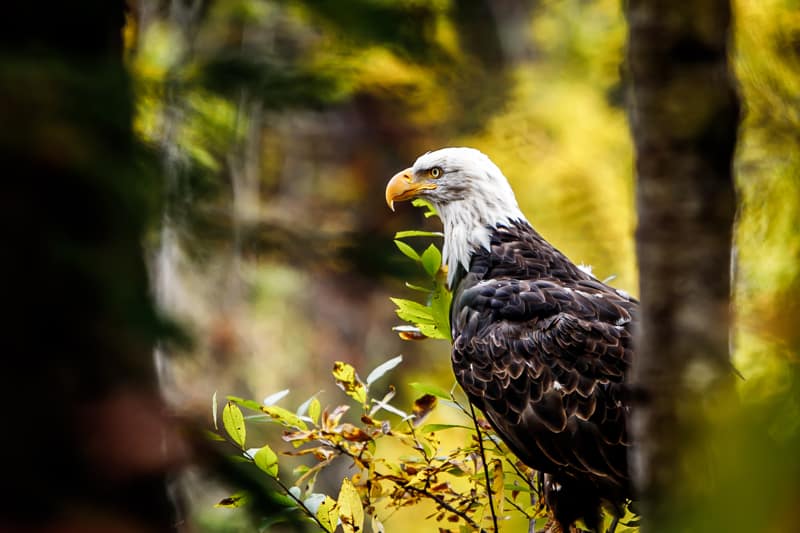
Christian Whitley has used the rule of thirds concept to place the eye of the eagle along the top grid line.
Depth of Field
Depth of field refers to the area within a photograph that is considered acceptably sharp or in focus. Depth of field can be altered in various ways but primarily by adjusting aperture values.
Smaller aperture sizes (larger numerical values) may establish a deeper depth of field in an image while larger aperture sizes (smaller numerical values) may establish a shallower depth of field.
A deep depth of field is one in which a large part or all of an image is in acceptable focus. A shallow depth of field is one in which a small portion of the image is in acceptable focus.
Kevin Hehl has used a very shallow depth of field to identify the subject in this beautiful capture. The bee and its immediate surroundings are in sharp focus while the majority of the image is out of focus.
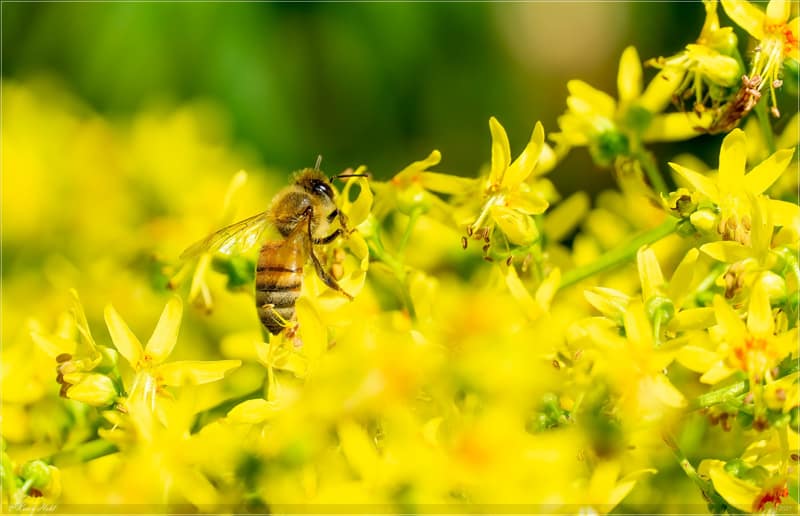
This technique distinguishes the bee in a busy composition of similar tones.
Jim Bigham isolates the subject in this fantastic photo using depth of field and contrast.
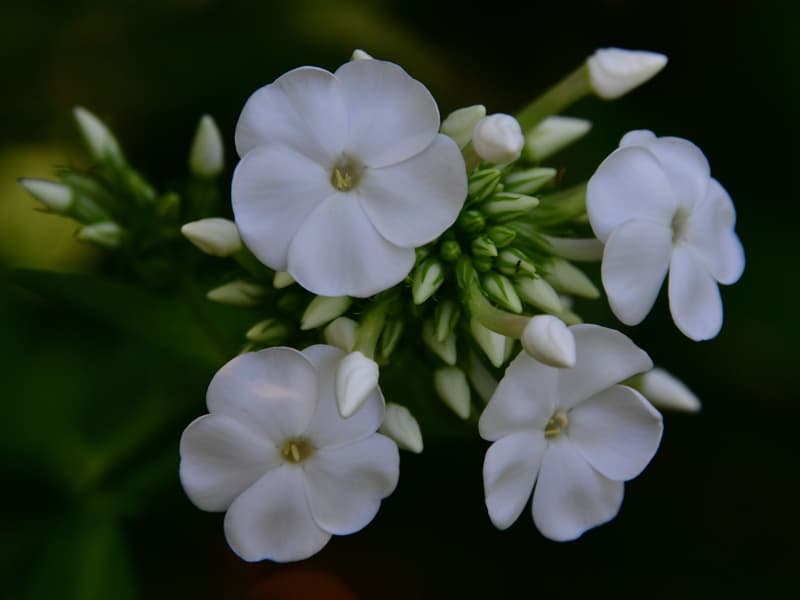
The white flowers pop against the dark background to draw the viewer right in to the subject.
Living – Action
The subject of a photograph may be readily identified by the movement or action taking place within the frame.
Robin Francis fills the frame with the action of the man and the moving water around him.
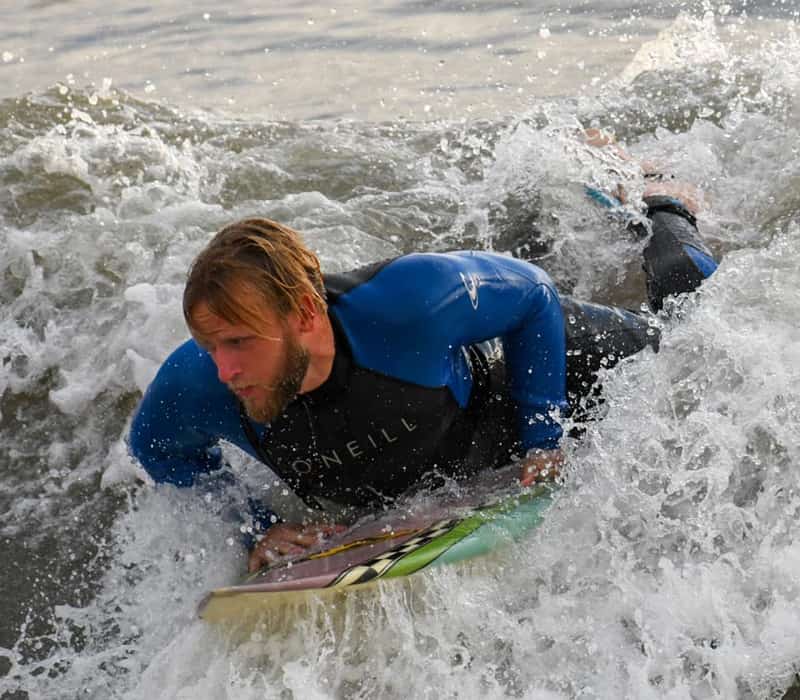
The contrast in tones between the subject and his surroundings enhances the definition of the subject.
Living – Still
When photographing a living creature of action and movement, capturing a moment of stillness can establish interest and draw the eye of the viewer to the eye of the subject.
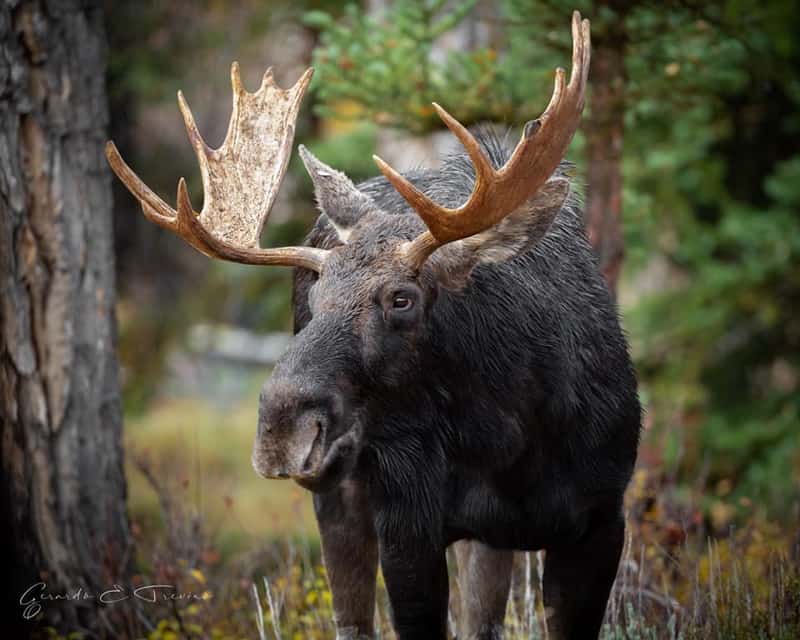
Gerardo Trevino emphasizes the stillness of the moose by filling the frame and using depth of field to separate the subject from the background.
Fill the Frame
Kathleen Spatuzzi illustrates the impact of filling the frame in defining a compositional subject with this awesome photograph.
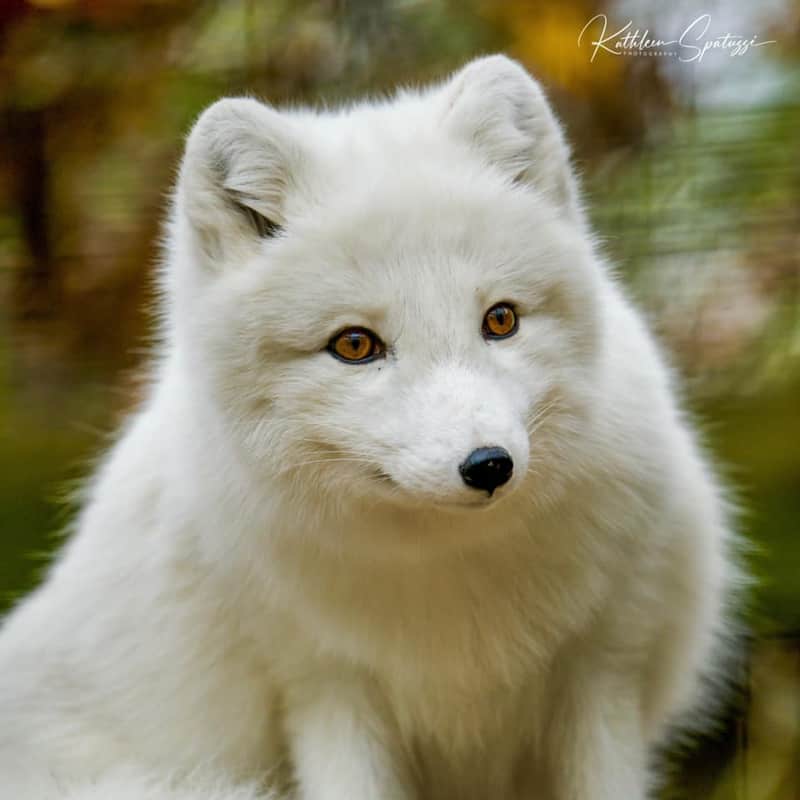
Filling the frame or the majority of the composition with the subject itself creates immediate interest.
Using this technique also draws the viewer to the eyes of the subject.
Notice how Dani McCulloch fills the frame with a part of her subject, not the entire horse.
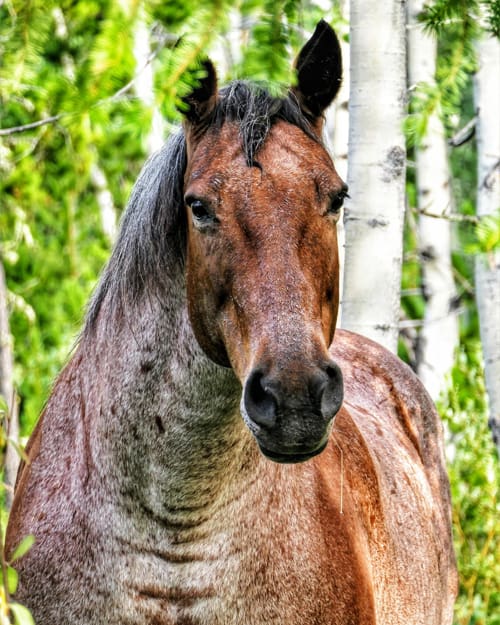
Focusing on a part of the subject adds interest to the viewer because the details become more apparent as you get closer to a subject.
Contrast
A stark contrast in tones and colors can be very useful in creating impact, and in isolating subjects in a photograph.
Sharon Plyler has applied this concept in her photo of a black bear surrounded by a green habitat.
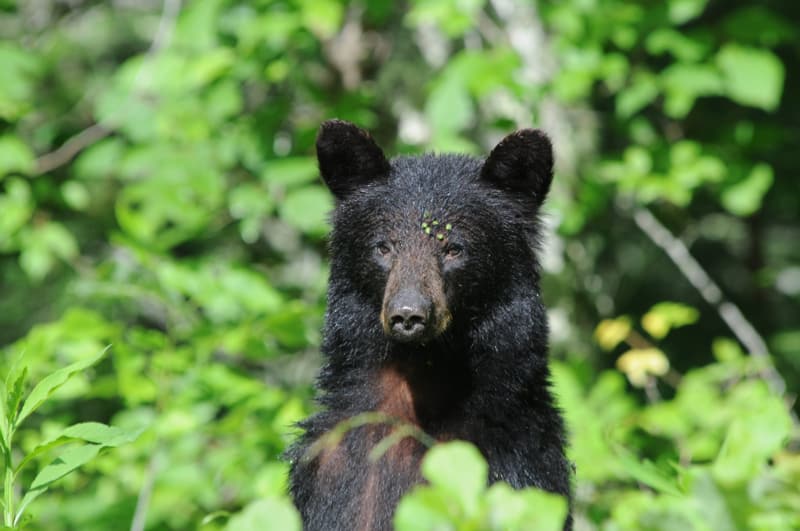
The contrasting tones of the bear’s black fur and the bright green foliage pops the subject out of its surroundings.
Another fine example of tonal contrast is this great capture of the moon by Steven Sanmarco.
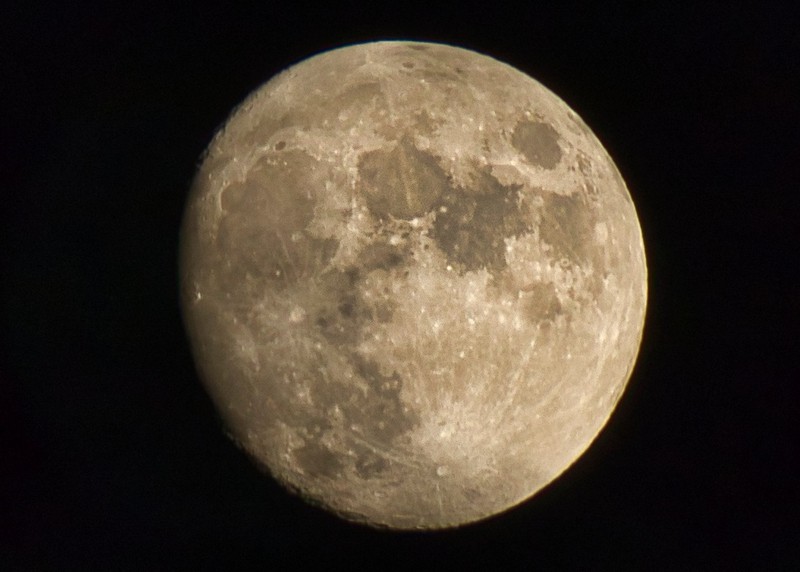
The viewer’s attention and interest are held by the striking differences in the black and white tones.
It’s immediately apparent what the subject is in this photo.
Temperature Contrast is the contrast between warm tones and cool tones. It’s a useful tool in separating and defining the subject of a photograph.
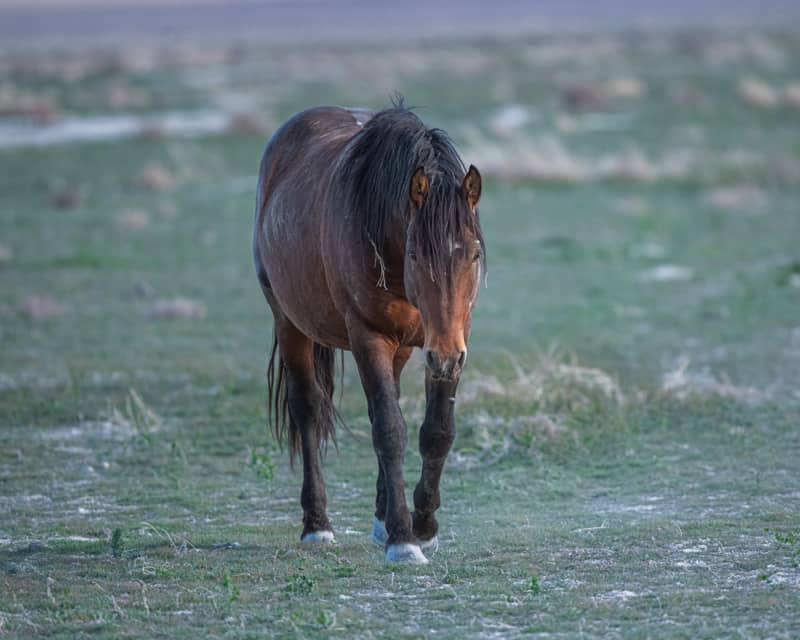
In this photo by David Joyner, the warm tones of sunlight on the horse separates him from the cooler tones of his environment.
Sharpness contrast means capturing a subject in sharp detail in opposition to a lack of detail and sharpness in the surroundings.
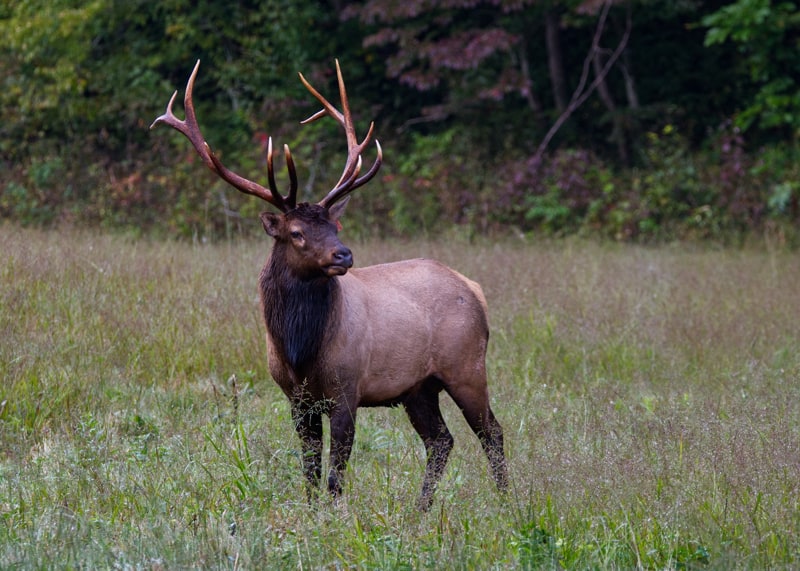
In Allen Simpson’s spectacular image, the sharpness and detail of the elk separates him from the rest of the composition.
When photographing wildlife, this is a terrific way to compose a well defined subject.
Conceptual
Daphne Brislin illustrates a conceptual approach to defining a subject in photography.
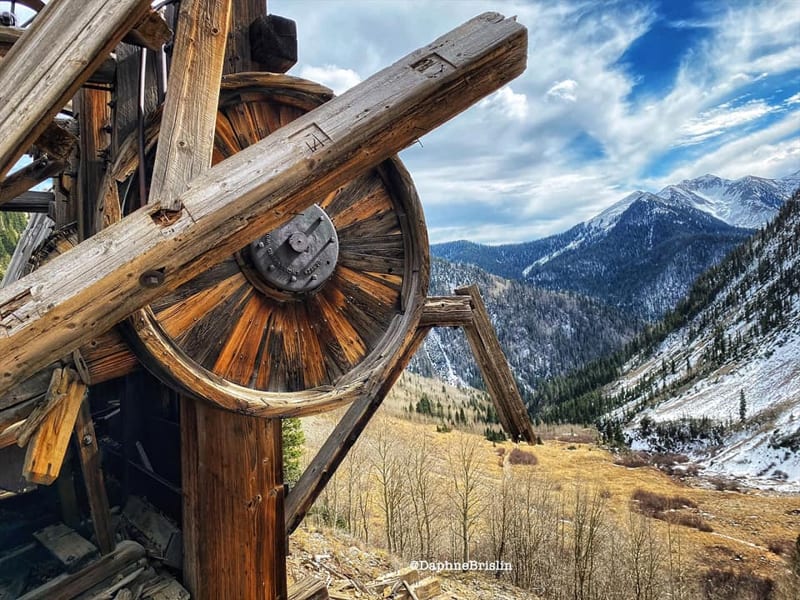
The geometric, chaotic and aged nature of the subject in her captivating image identifies the subject within a tonal and beautiful natural environment.
There is a stark contrast between the aged and broken construct of mankind within the timeless nature of a mountain scene.





